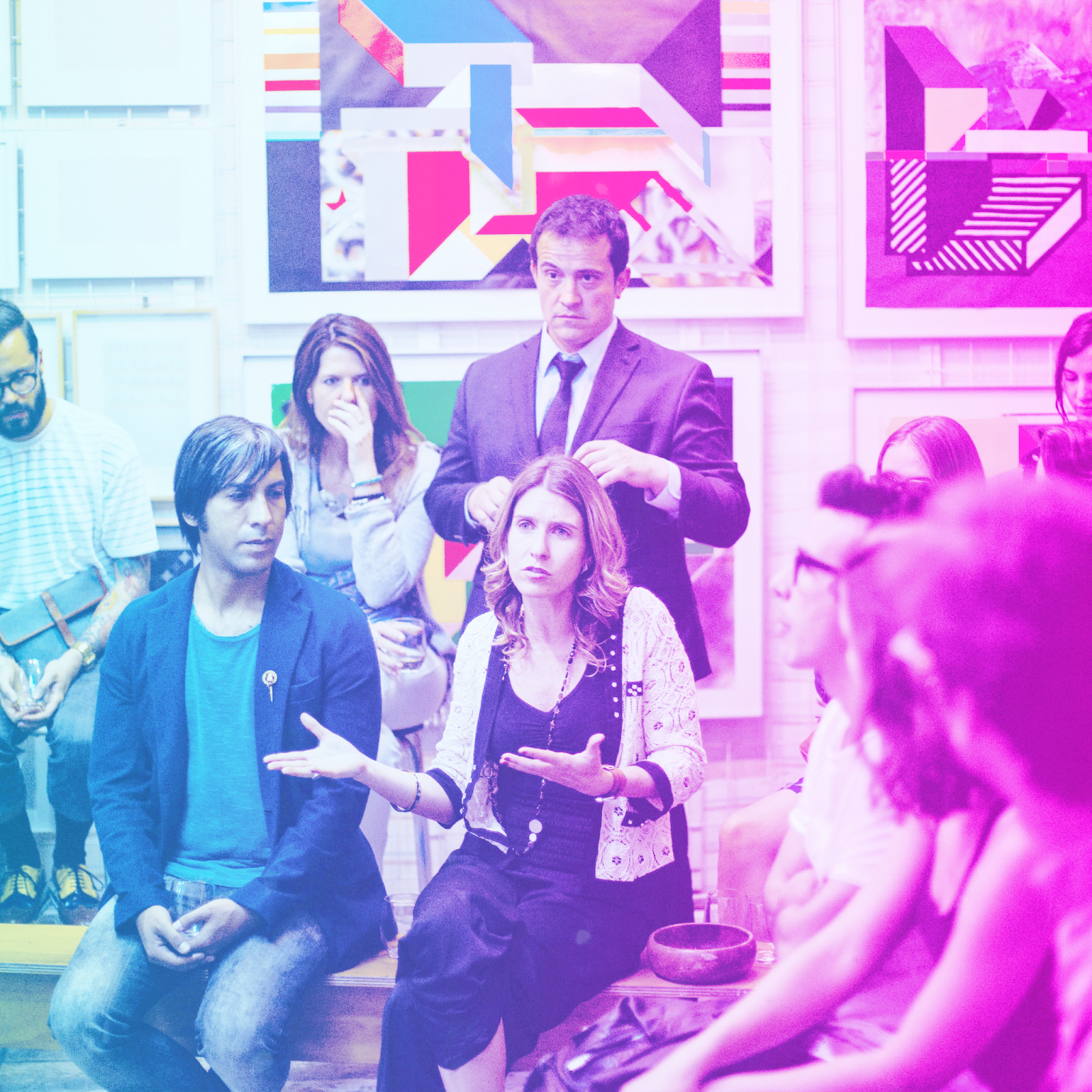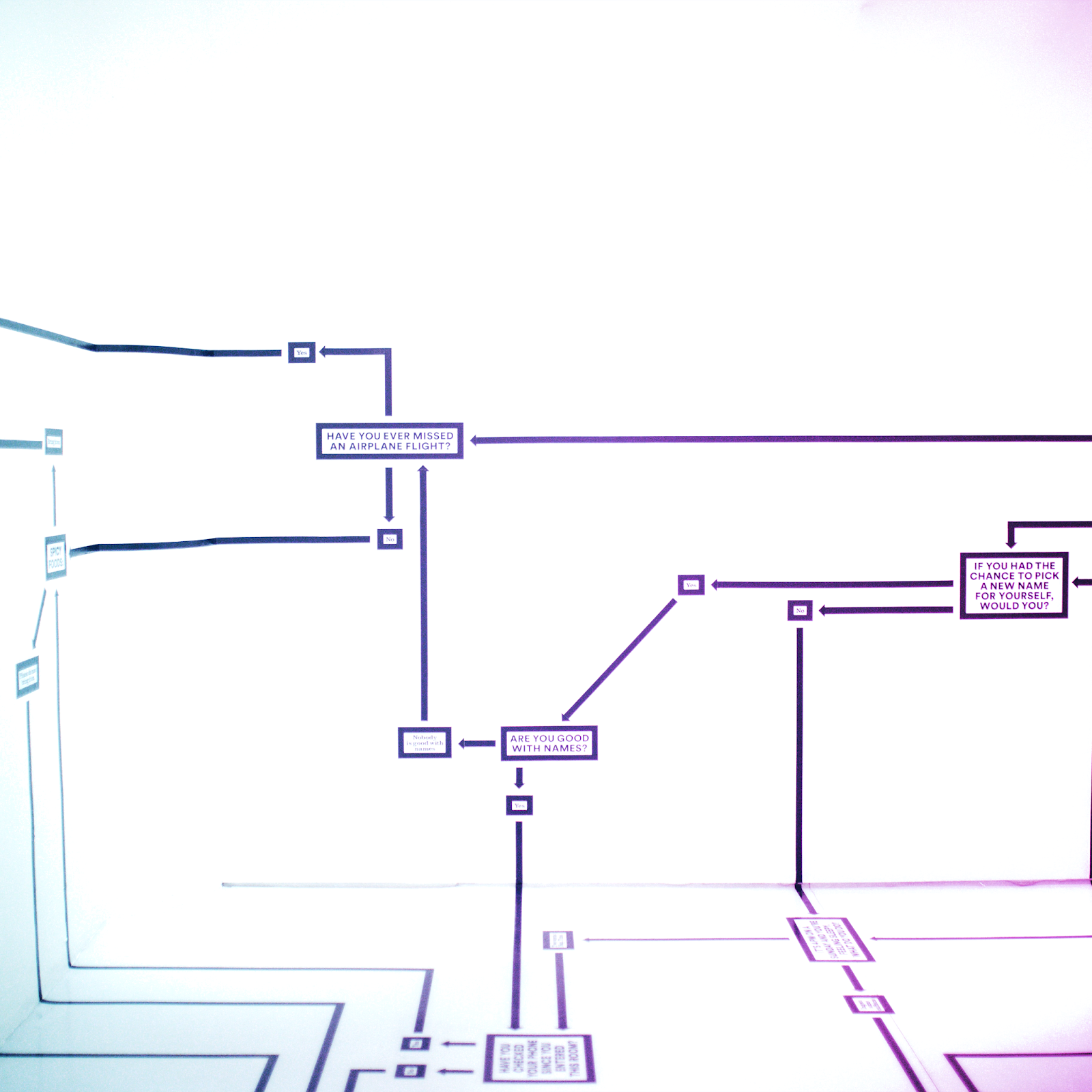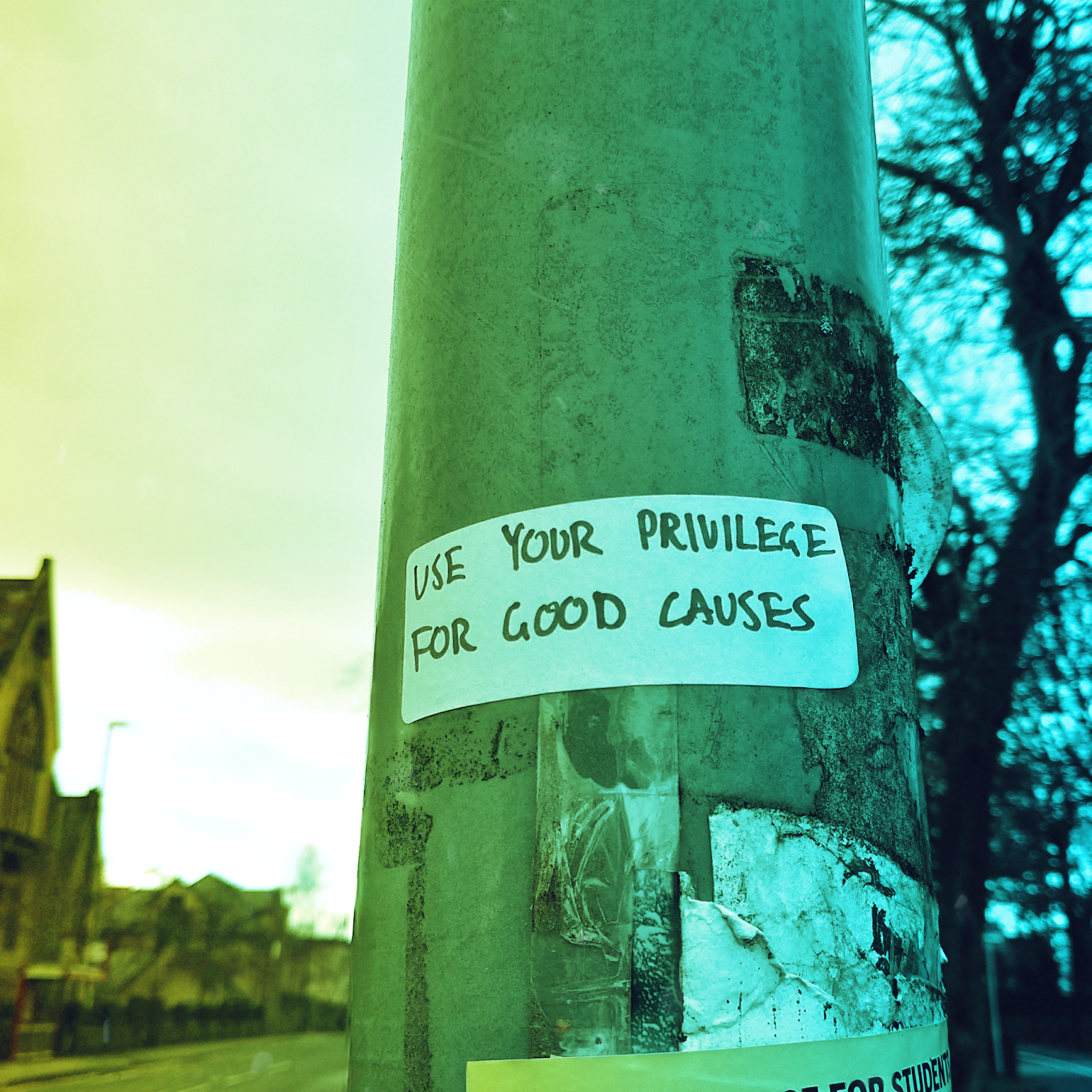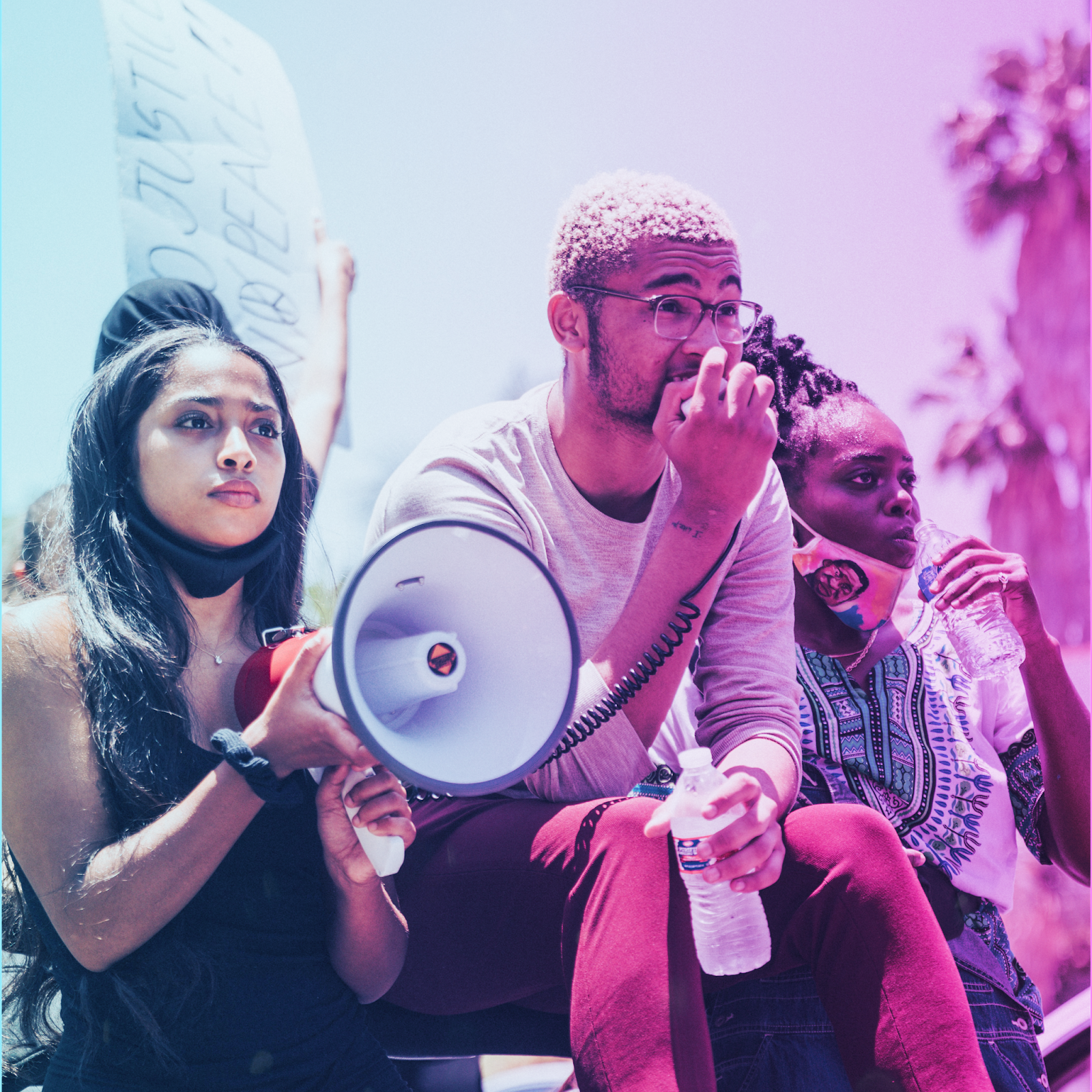
A creative class is a mix of input and associative, creative and active tasks and challenges on one future relevant topic. You are invited to follow the classroom and complete the tasks. The creative class can be conducted either on your own or with others (eg. your friends, colleagues, or fellow students). Each creative class can be followed independently from other creative classes and without previous knowledge.

According to Oxford Dictionary, privilege is a special right or advantage that a particular person or group of people has. Individuals or social groups gain privileged positions based on factors such as race, wealth, gender, sexual identity, location, country of origin, language, religion among many other characteristics. Possessing certain social privileges, puts an individual at a more advantaged position in regards to accessing resources such as education or employment and also deeply impacts their every day quality of life.
Within the arts and art education, privilege can play a large role in someone’s artistic development and even their ability to receive an artistic education in the first place. Within the article “Everything is in My Hands. Creative Subjectivities in Privileged Art School Students”, the author Anna Uboldi (2023) exposes how privilege plays a factor within how students approach their own education and how it reinforces social divisions. The author particularly points out how privileged students have shown a distinctive attitude of indifference to school marks and high aspirations and class perceptions of success and failure. This means that students in more advantageous positions would also display higher degrees of confidence in their future career trajectory and financial security. As a result, they would feel more motivated to pursue a life in the arts in the first place.
It is important to reflect on our particular privileges and/or social disadvantages in order to both reflect on our impact on the formation of social hierarchies and to create systems of support, which can help individuals, who lack the infrastructures some of us have access to. For artists and educators this is especially important as they can use their platform to promote and support those who are lacking one.
During the FAST45 Forward Webinar#2 – Envisioning the Artist of the Future artist, writer and scholar Luiza Prado reflects on postcolonialism in the arts and Rachel Uwa, founder of School of Machines reflects on creating safer spaces within education. The webinar highlights how institutions often do not recognize certain practices, which favour more privileged demographics.
of experts around postcolonialism in the arts, creating safer spaces within education and more thrilling topics at the "FAST45 Forward Webinar#2 - Envisioning the Artist of the Future."
FAST45 Forward Webinar#2 – Envisioning the Artist of the Future
Produced by Film University Babelsberg, KONRAD WOLF
Together with a panel of arts professionals and creative thinkers, we explored what a desirable future could look like for artists. We imagined the artist’s involvement in our society in the year 2045. Together, we envisioned the role artists could play as social change-makers, and creative leaders. We discussed the artist’s relationship with technology, business, education and transdisciplinary.
Beaming online audiences onto a big screen, to face an in-person audience live in a movie theatre – this webinar provided the perfect hybrid setting for this futures thinking dialogue.
Watch this unique conversation and get inspired!
The webinar took place on 28 May, 2022.

In the following exercise, make sure to focus on how the answers to the questions are determined by factors such as race, socio-economic class, sexual orientation, gender, any physical or learning disability, educational background, neurotypicality or neurodiversity, country of origin, amongst any other factors, which might influence your quality of life. For example, people who are white, cis-gendered*, middle-class and/or neurotypical*, whilst they may encounter difficulties, they usually do not encounter difficulties because of the factors listed before.
*A person is cis-gendered, when their gender identity corresponds to that which was assigned to them at birth.
*A neurotypical person is someone whose brain functions and develops in a way that is considered usual by society and fits normative social, communicative, cognitive and sensory characteristics. There is a big discussion going on around the topic neurodiversity. It is also questioned if dividing people in neurotypical and neurodivergent makes sense at all. If you are interested open your research engine and start reading about
#neurodiversity
#neuroqueerness
#neurotypical
#neurodivergent
#neuroqueer
or watch the ITAKOM interview Dr Nick Walker on Neurodiversity, Neuroqueer Theory and her Autism Diagnosis.
For this section, we are providing two exercises: one that can be done individually and one that can be done in a group. Depending on your circumstance, choose the one which suits you better.
This will be a thought experiment, which consists of building one’s own self-awareness through critically examining past life situations and experiences.
Begin by thinking of situations (if you have any), where you feel you might have had an advantage compared to others, who do not share your external presentation and economic profile.
Next, think about how well represented you feel in the media, politics and culture (positive representation).
Think about whether you feel you have had fair access to necessary resources and support systems.
Think about whether you have ever felt discluded from any social groups and/or events, based on the factors listed above.
Think about whether there are any situations or spaces that make you feel uncomfortable, unwelcome or othered.
Think about whether and how often you have experienced situations, in which you felt would put you in any form of harm.
Think about whether your life situation allows you to travel, pursue hobbies and find comforts outside of necessity.
Return back to the very first paragraph in Step 2. Think about which one of these factors you think about the most and the least in your life? Once you’ve assessed which ones you think about the least, why do you think that is?
After this phase of deep reflection on your own life we invite you to watch the video below, which is a very good demonstration of the “privilege walk exercise”, which highlights how privilege can affect a person’s life and how drastically experiences can differ from person to person. Privilege is always relational, it can only come up in social structures and thus becomes more visible in the presence of others.
Organise your own privilege walk!
You never heard about privilege walks? It’s an easy to organise exercise which highlights how privilege can affect a person’s life and how drastically experiences can differ from person to person. The privilege walk has the objective to “raise awareness of various forms of privilege; understand the intersectionality of race, socioeconomic class, gender and other demographic variables that shape individuals; appreciate the diversity of individual backgrounds; and team-building” (Transfer Leadership Institute, Eastern Illinois University). Find the instructions summarized by the Transfer Leadership Institute, Eastern Illinois University here.
Feel free to modify the statements to better fit the context of your group. You can find another list of statements to use for this exercise in this following list developed by Kendra Leonard. This extensive resource provides both ‘General Social Statements’, which can be used for any context and also a ‘Music Privilege Walk’, which can be applied specifically to the context of music (for musicians, music educators and students). The source also includes an alternative for those who cannot walk.
To start the exercise, make sure to move all furniture in the room you are in to the side and have a comfortable amount of free space around you. If that is not possible you can also do it outside. Align all participants in a single line as your starting point and begin by designating one person to read out the statements or by distributing them in written form. Make sure to remember: as written by Kendra Leonard “if a participant is uncomfortable with a statement that might reveal something about them if they move when it’s read, they can stay in place at any time; other participants should not read anything into other participants’ movements or non-movements.” There is also the possibility to do the walk with eyes closed. In this case participants focus on their own experience during the walk and open the eyes when everyone has reached their final position.
After the exercise, encourage anyone who wants to share some reflections about the walk with their peers to do so. Those who do not wish to, may also just reflect on their exercise on their own.
In case it turns out your group is quite uniform, collectively watch the video below, which is a very good demonstration of the privilege walk in a diverse group. Discuss with your group where they can identify with the experiences of the people in the video and where and why your group is different.
Based on the previous exercise, create a drawing of your life journey including all obstacles you have faced and mapping out any advantages and disadvantages, which have influenced your life. Include your trajectories in education and progression between the different stages. You can also include your family history and ancestral trajectories.
Feel free to use any medium and any format you want. For example, you could create a diagram, mind map, labyrinth, soundscape, animation or anything else you deem fit for the task.

Within artistic education, certain individuals lack the possibilities to access the same resources and institutional support as others. Furthermore, certain demographics receive more representation than others, in not only the student body, but also within the teaching faculty and associated staff. Many individuals do not even have the opportunity to pursue an artistic education as they lack the financial resources to support them during their studies and after. In this step, we encourage you to think of what artistic institutions should change in order to become more diverse and fair towards people of all socioeconomic backgrounds.
As a brainstorming exercise, we invite you to consider what your answers would be to these two questions:
How would a fully inclusive and supportive institute of higher art education look like to you?
What would a safe(r) educational environment look like to you? What is your utopian vision of the arts university of the future?
You can take this time to also read the FAST45 narrative: From IHAE That Teach to Students That Reach, which provides valuable insights on the lack of infrastructures, which could help art universities become more inclusive spaces.
Share your thoughts with us! Feel free to use any other forms than text.
(Find the “Share a Thought” window at the end of the page.)

Some of us possess more time and resources (for example emotional, financial, educational) compared to those who lack systems of support. If you feel you do have such means at your disposal and/or feel your previous reflections have shown you have noticeable social advantages, here are some starting points on how to provide supportive action:
This is only a brief list of the various ways you can help drive positive influence.
Make sure to research yourself what certain individuals and communities need as a means of support.
Have you found resources that really impress you or that you find helpful? We would love to learn from them too!
Share them with us and find the “Share a Thought” at the bottom of the page.

Explore more on the topic!
Discussion
No feedback has been added yet
Share a Thought